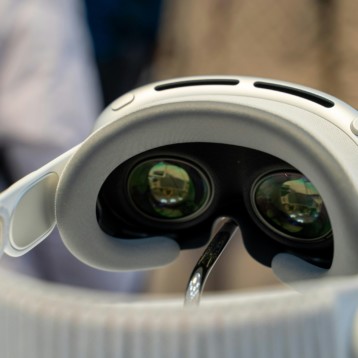Since soldiers’ batteries tend to be heavy and cumbersome, the tradeoff between mobility and access to electric military equipment has always been an issue. The new Flexible Integrated Energy Device (FIED) seems to be a good solution to this problem. Although it looks just like an ordinary garment, the FIED has extraordinary capabilities. In fact, the new fabric made such an impression on the Australian defense forces that Australia’s Defense Capability and Technology Demonstrator (CTD) has selected this new development as one of the final eight proposals for program funding.
CSIRO’s Dr. Best explains the basic idea behind the new technology: “As the person wearing the garment moves, the vibrations created can be harvested and channeled into recharging the battery or powering plug-in electronic device or devices.” The FIED will be used to store and provide energy over a continuous period. When the device runs out of energy it can be re-charged either by plugging into an electrical power point or through vibration energy harvesting.
When incorporated into a piece of clothing, the device is comprised of three components: advanced conductive fabrics that serve as part of the battery, a vibration energy harvesting device, and a rectifier/power management system to power the soldiers’ electronic equipment. The FIED’s development project is still in its early stages and has already received 4.4 million USD intended for further research that will enable developing the various components of the device so that they can be assembled into a wearable garment.
Besides military use, there is a range of potential civilian applications for the FIED; for instance, it would be possible to power communication devices such as radios and mobile phones, medical devices such as vital sign monitoring systems, and small electrical devices such as MP3 players and sports wear, by the FIED technology, which may possibly be woven directly into the user’s clothes.
TFOT recently covered other clothing related technologies, including Philip’s light emitting textile and the University of Manchester’s glowing garments. TFOT also covered Zephyr’s smart fabrics technology, capable of monitoring the wearer’s physiological signs.
More information on CSIRO’s FIED can be found in the organization’s official press release.










